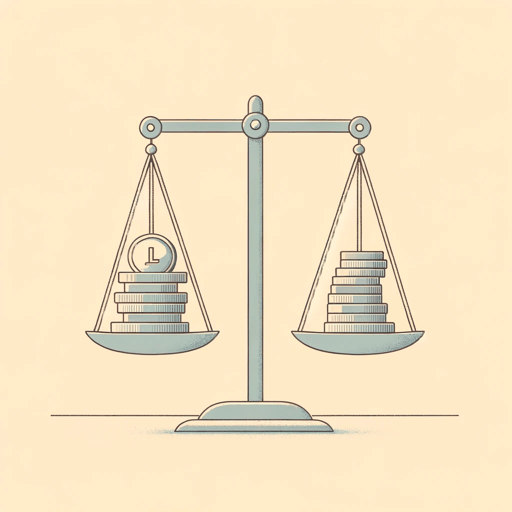70 pages • 2 hours read
Henry GeorgeProgress and Poverty
Nonfiction | Book | Adult | Published in 1879A modern alternative to SparkNotes and CliffsNotes, SuperSummary offers high-quality Study Guides with detailed chapter summaries and analysis of major themes, characters, and more.
Book 5, Chapters 1-2Chapter Summaries & Analyses
Book 5, “The Problem Solved”
Book 5, Chapter 1 Summary: “The Primary Cause of Recurring Paroxysms of Industrial Depression”
The increase in land value, based on speculation, results in lower earnings both for capital and labor and stifles production. As the land value growth pushes the production margin (or cultivation margin) beyond the norm, both labor and capital have to “accept a smaller return, or […] to cease production” (262). If production stops, it impacts other parts of the industry, such as demand. As production and exchange become partly disconnected from each other, the relationship between production and consumption will be out of balance, such as overproduction or overconsumption. An economic depression is the result.
Thus, such an increase in land value is also “the main cause of those periodical industrial depressions” that occur in every industrialized country (261). Of course, there are also other, smaller causes because of the increasingly complex industrialized society in which “geographically or politically separated communities blend and interlace their industrial organizations in different modes and varying measures” (263).
Economic depressions last until labor becomes more efficient; capital and labor work to produce smaller returns; the land rent growth through speculation stops. However, neither wages nor interest fully recover from losing their ground and gradually tend “toward their minimum” (279).
Featured Collections
Books on Justice & Injustice
View Collection
Business & Economics
View Collection
Contemporary Books on Social Justice
View Collection
Equality
View Collection
Philosophy, Logic, & Ethics
View Collection
Politics & Government
View Collection
Popular Study Guides
View Collection
Poverty & Homelessness
View Collection

